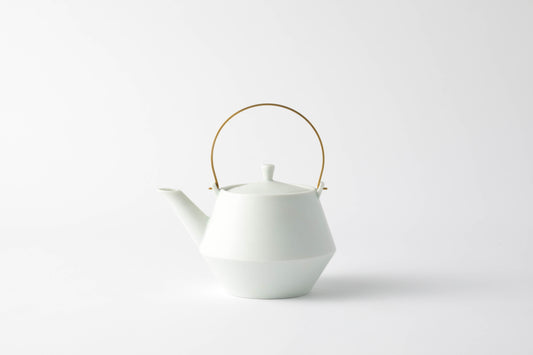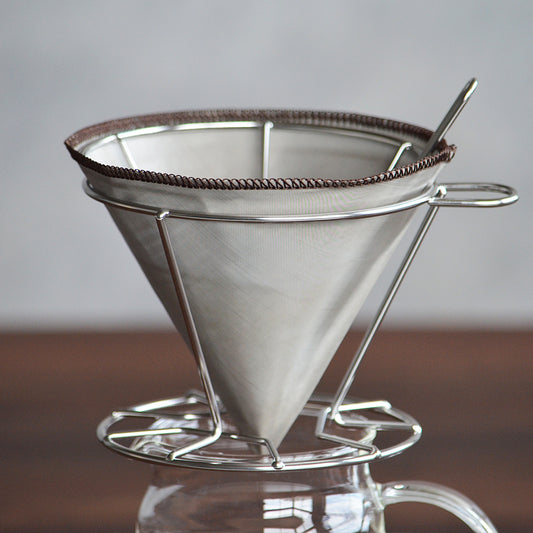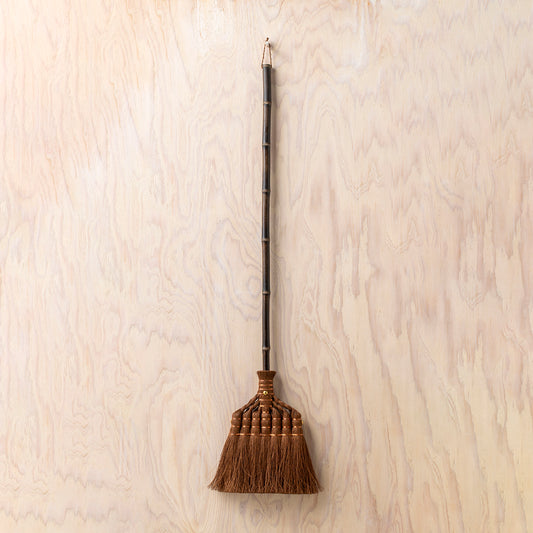渓山窯
Blue and white octopus arabesque landscape with bellflower border 7 inch medium bowl
Blue and white octopus arabesque landscape with bellflower border 7 inch medium bowl
Supplementary product information
Supplementary product information
Production area: Saga Prefecture
Dimensions:
・(Height) 47mm
・(Width) 209mm
・(Depth) 209mm
Material: Porcelain
Usage notes:
Microwave ○ Dishwasher ○
Couldn't load pickup availability
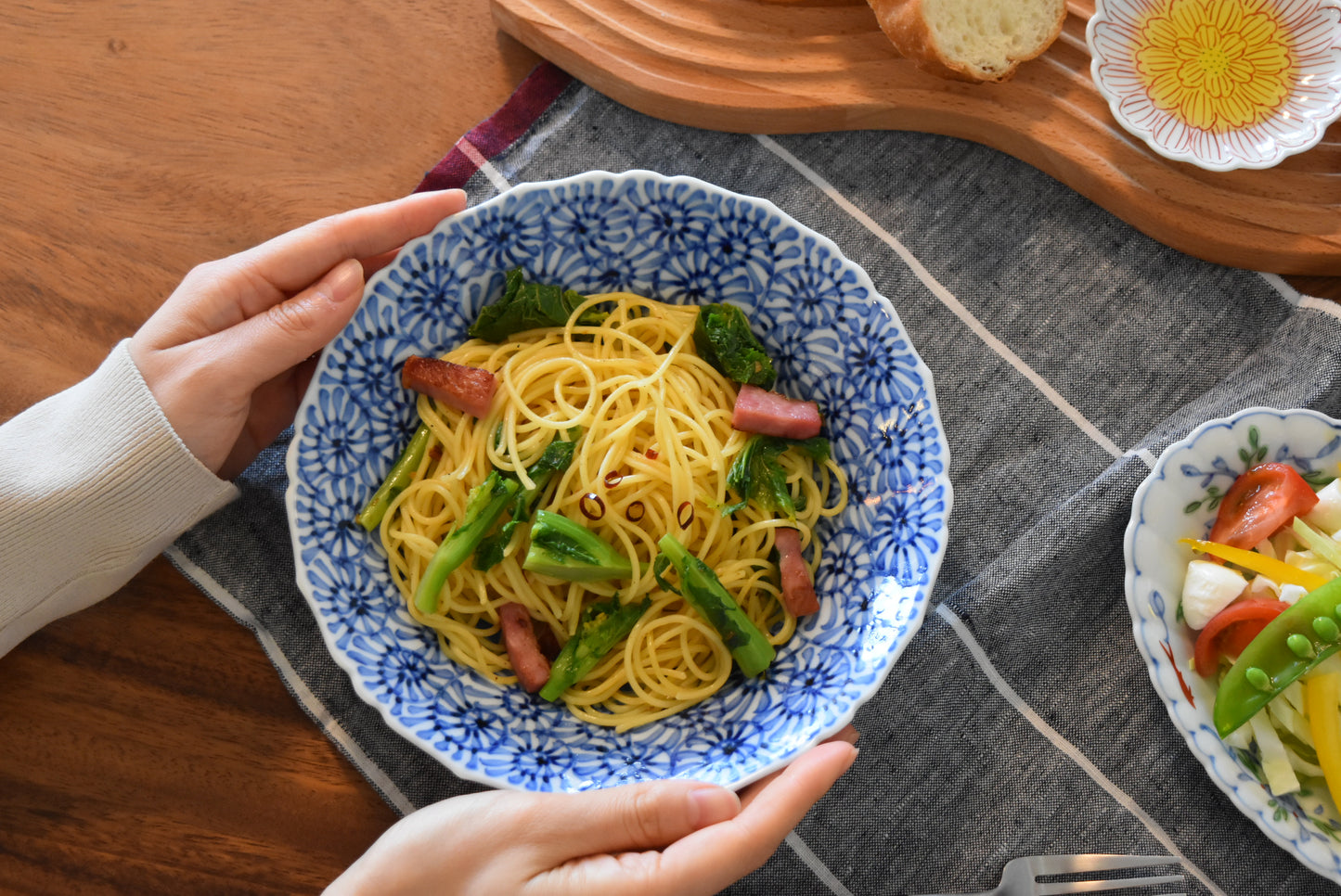
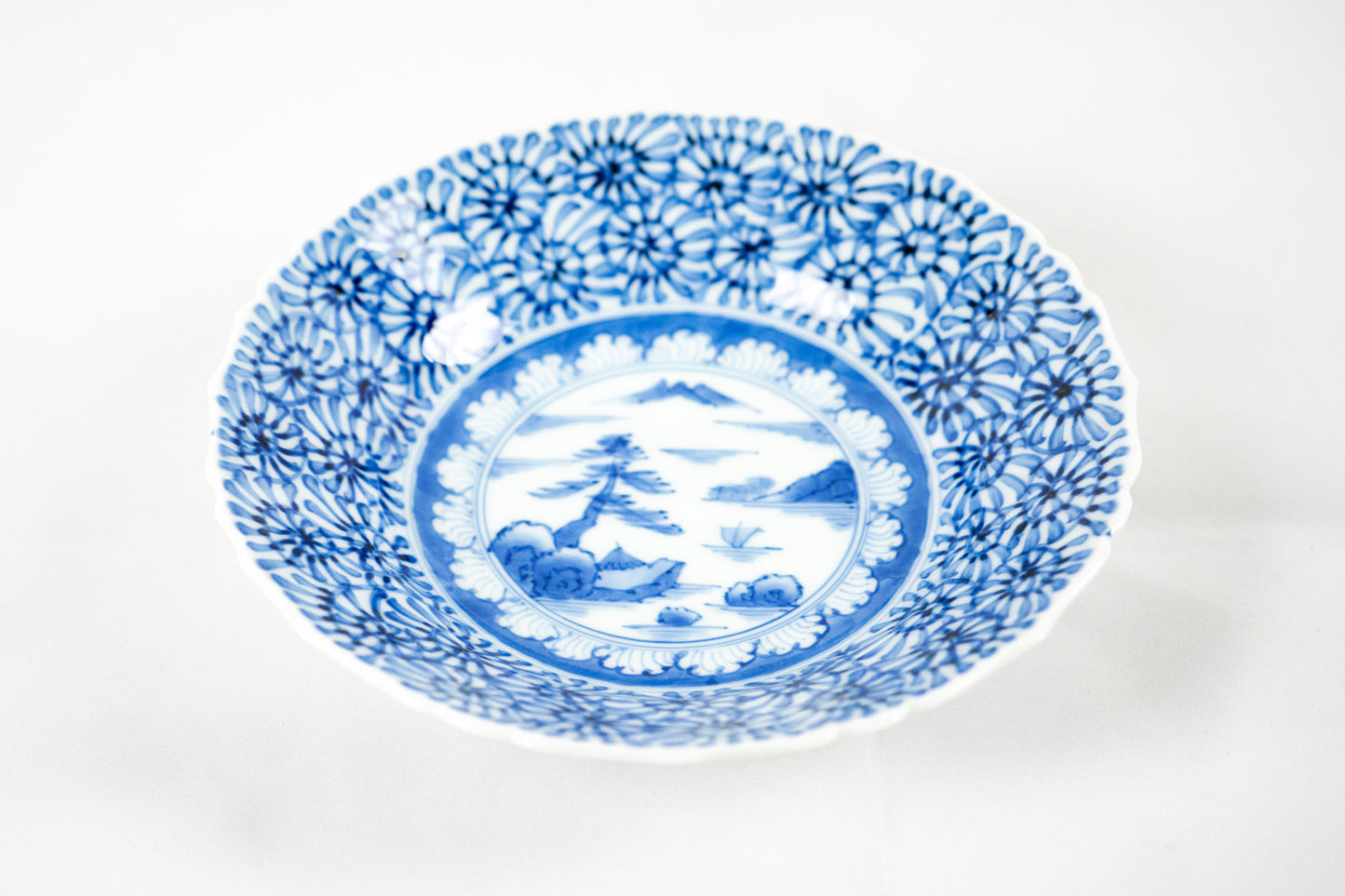
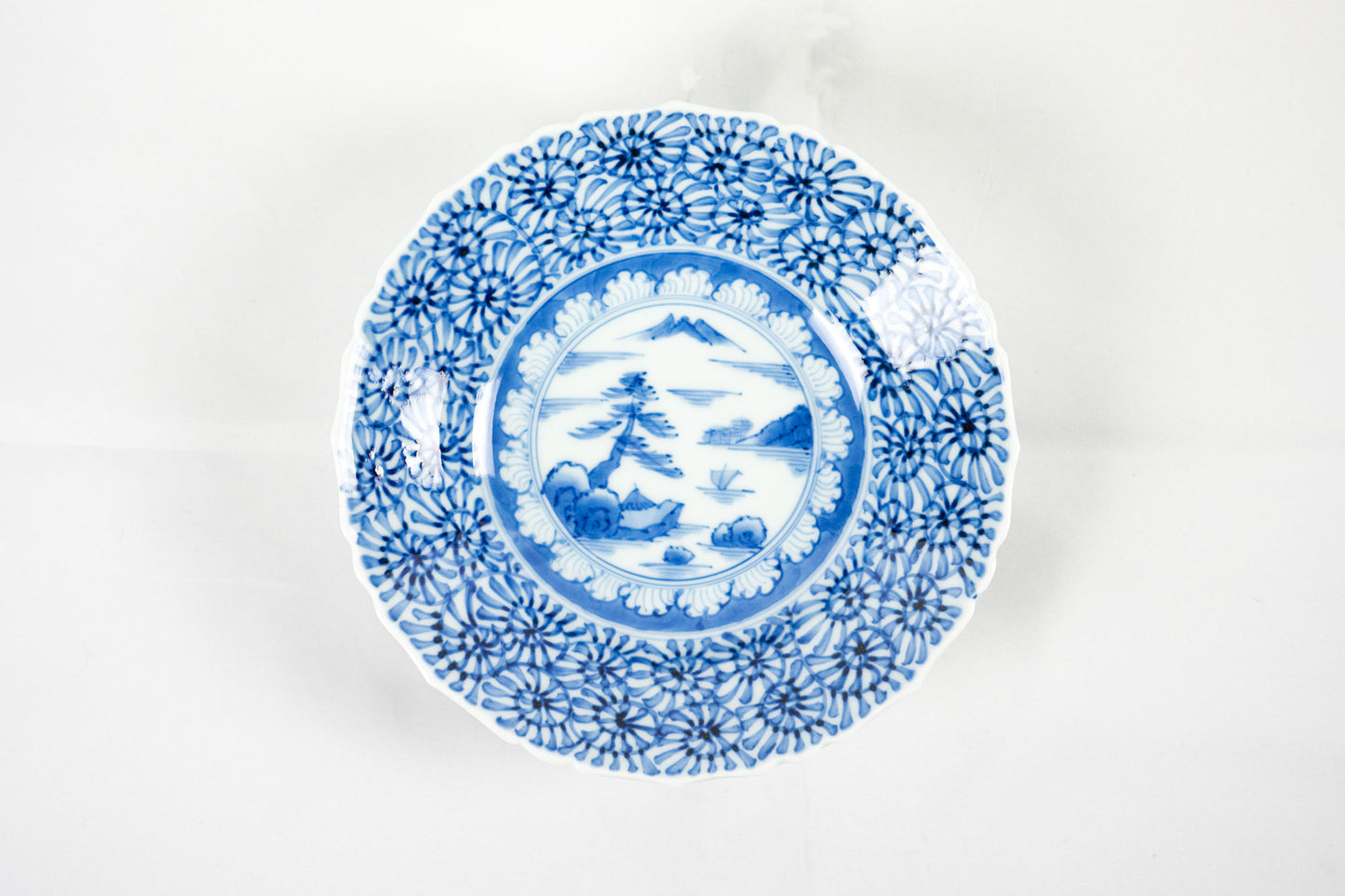
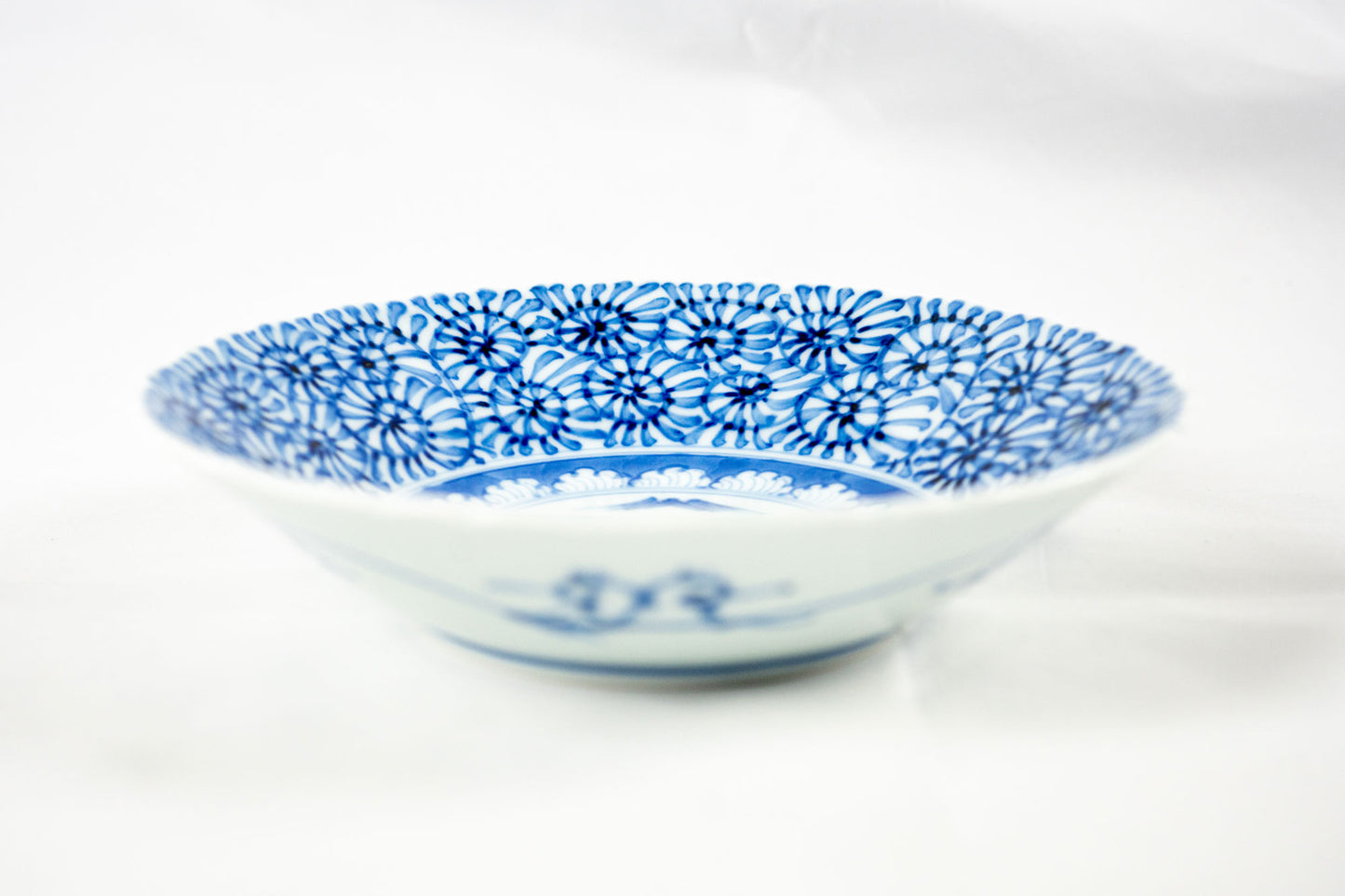
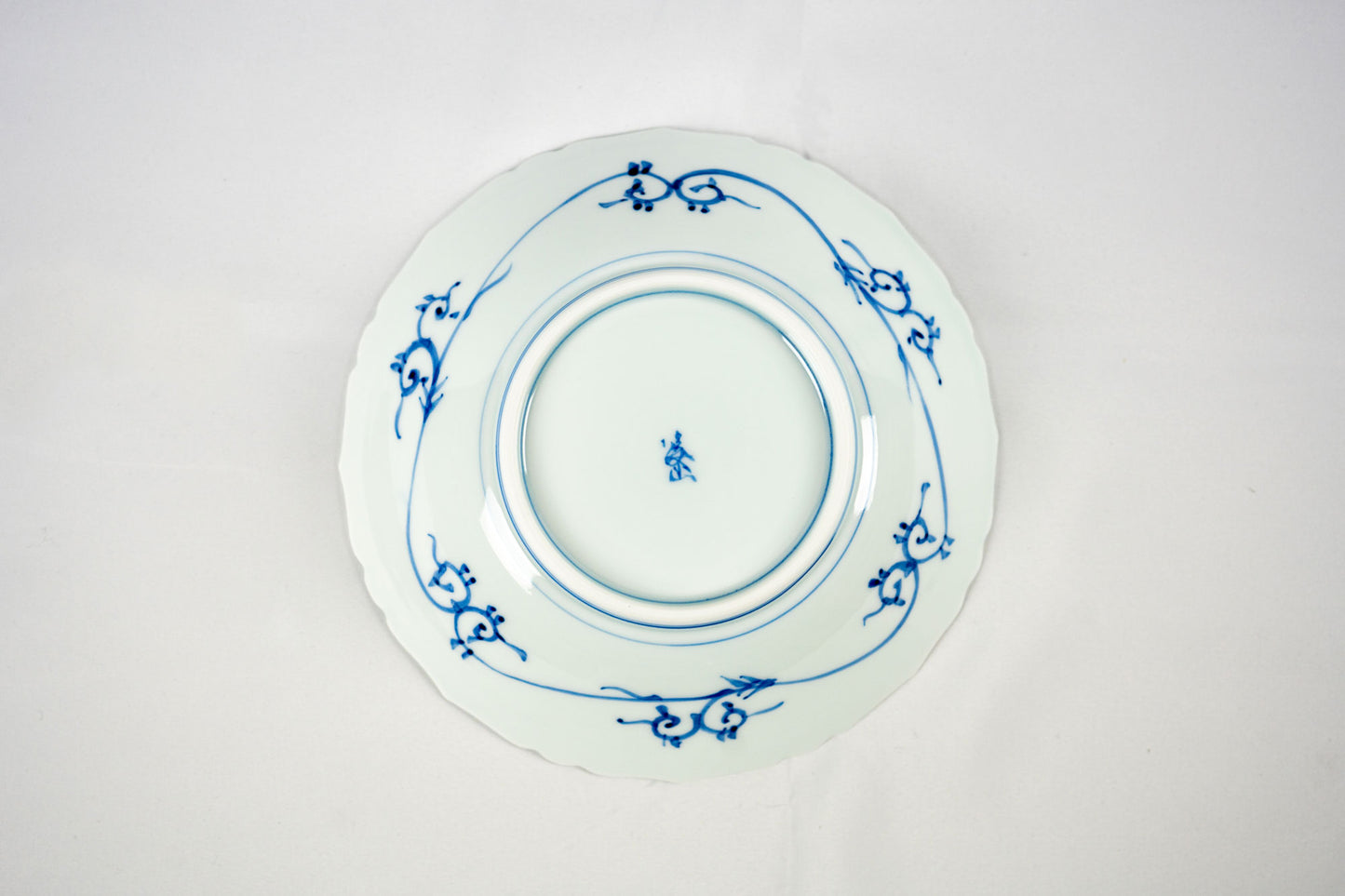
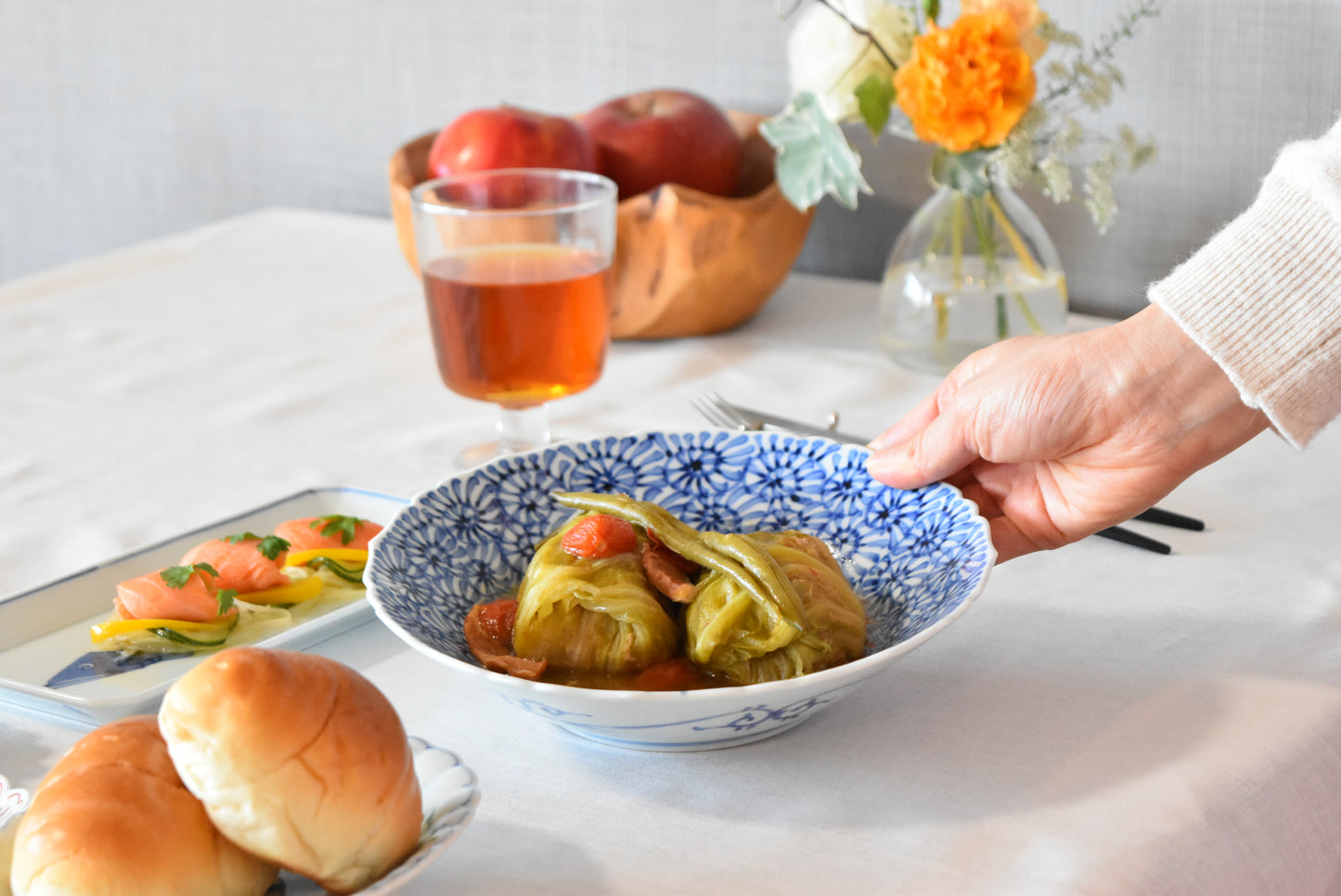
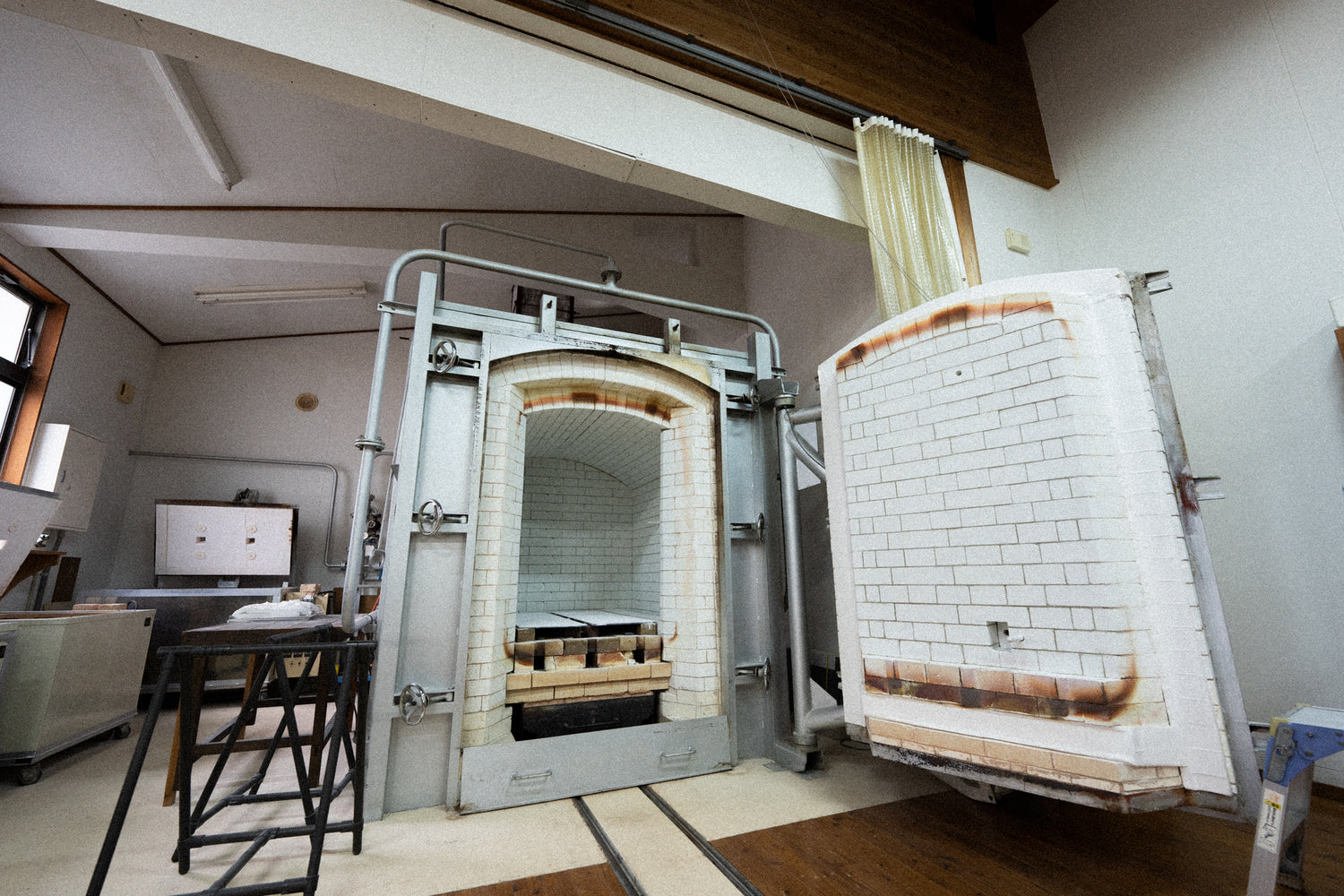
The History of Arita Ware
In 1616, Korean potters brought back by the Nabeshima clan, who were dispatched during Toyotomi Hideyoshi's invasion of Korea, discovered porcelain stone at Izumiyama in Arita, which became the raw material for porcelain. This marked the beginning of porcelain firing in Japan. As the birthplace where porcelain was first fired in Japan, tableware and art crafts have been continuously produced here for 400 years since then.
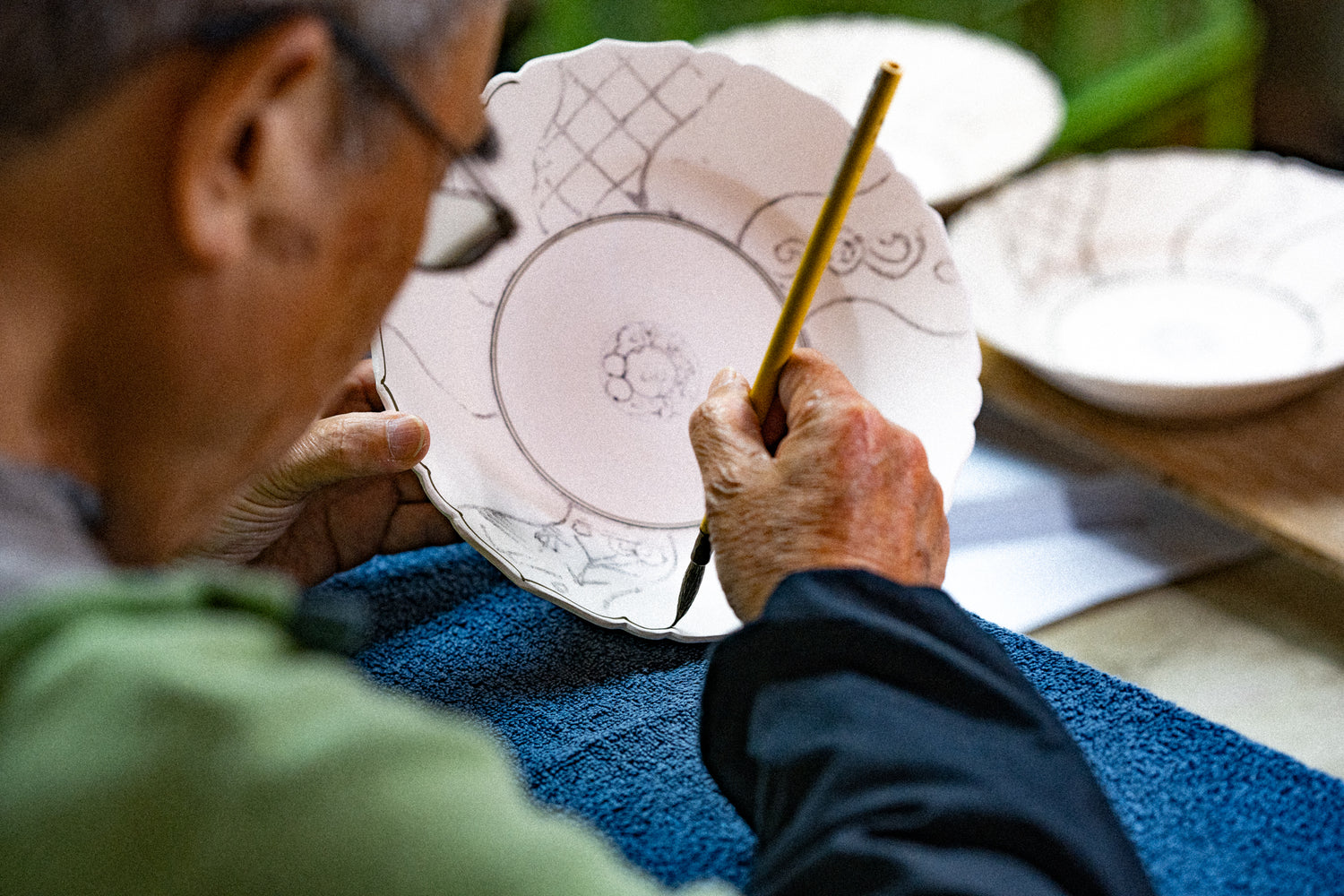
Characteristics of Arita ware
This is "porcelain" created by making porcelain clay from ceramic stone, shaping it, applying glaze, and firing it at the high temperature of 1300 degrees for over 17 hours. It is characterized by its hardness and excellent durability, the translucent whiteness and fine texture of the porcelain surface, underglaze blue painting drawn with gosu, and vibrant overglaze decoration.
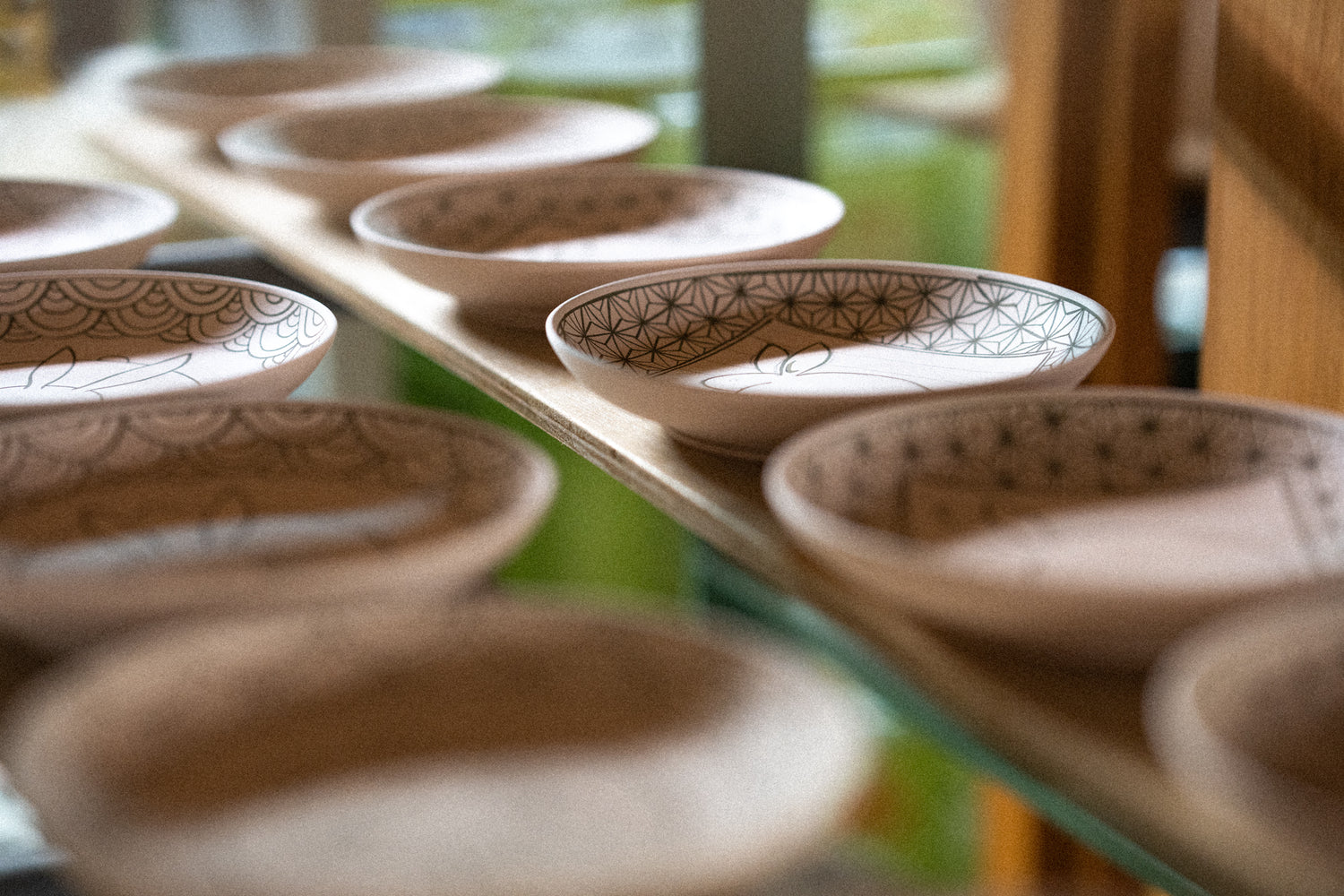
Arita ware manufacturing process
The process of creating a single piece involves multiple stages: forming, bisque firing, underglaze painting, glazing, glaze firing, overglaze painting, and overglaze firing. Each of these processes is carried out through a division of labor by skilled craftsmen who possess a passion for their craft.
Arita Porcelain
Arita porcelain is produced in Arita town in Saga Prefecture and its surrounding areas. While tableware and art craft pieces are the main products, due to its characteristics, industrial products such as tiles, insulators, and acid-resistant porcelain are also manufactured. Historically, Arita porcelain has a strong image as art craft due to its beauty that once captivated European royalty and nobility. However, by using it as everyday tableware that enhances and complements the food as the main attraction, daily dining tables are elegantly adorned, and the comfort of daily life can be felt.
Other products
-
Frustum clay pot (white glaze)
Regular price ¥10,780Regular priceUnit price per -
ST Mesh Dripper M (for 1 to 4 cups)
Regular price ¥2,970Regular priceUnit price per -
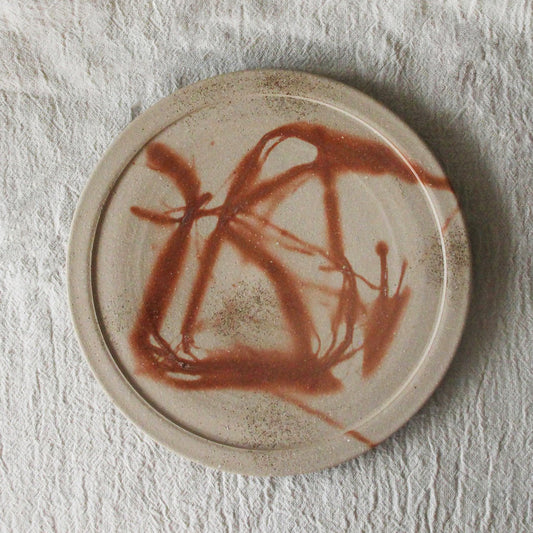 Sold out
Sold outDinner plate 27cm (Hidaski)
Regular price ¥8,800Regular priceUnit price per -
7 domestic palm brooms
Regular price ¥25,300Regular priceUnit price per







